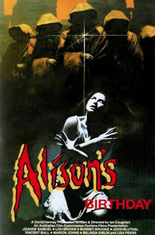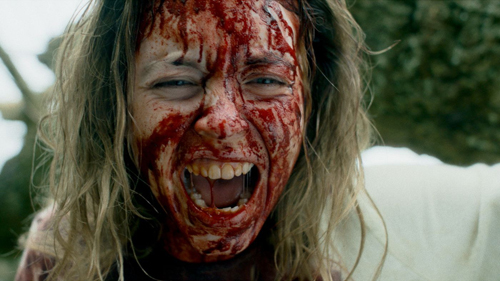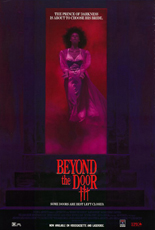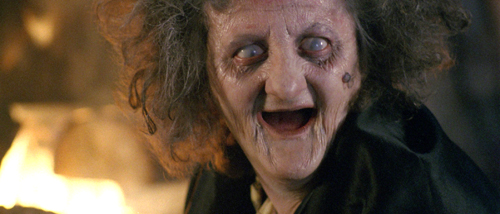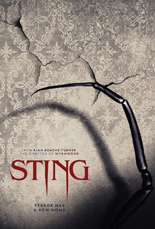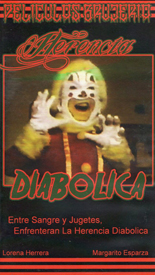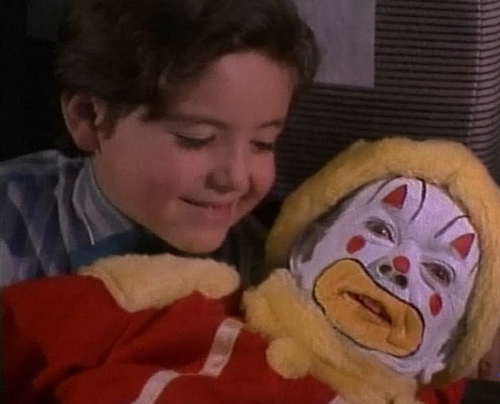
A somewhat forgotten folk horror film from Australia, Alison’s Birthday begins with the titular character (Joanne Samuel) playing with a makeshift Ouija board with her friends at age 16. One of the girls, Chrissie (Margie McCrae), becomes possessed by a spirt claiming to be Alison’s father, who warns his daughter not to go home on her 19th birthday, insinuating that something horrible will happen. Moments later, a strong gust of wind invades the room and tips over a bookcase, crushing poor Chrissie to death. It’s as exciting and audacious opening to a film as you’re likely to find.
Things slow down a bit as we jump ahead about three years. Alison’s 19th birthday is a few days away, and she’s been summoned to the home of her Aunt Jennifer and Uncle Dean (Bunney Brooke and John Bluthal, respectively). Seems old Dean’s health is failing, and all he wants is one last family birthday celebration with Alison, who hasn’t been back to her childhood abode in quite some time. Despite her reservations (remember that deathly warning she got at 16?), Alison agrees, and convinces her boyfriend, Pete (Lou Brown), to accompany her.
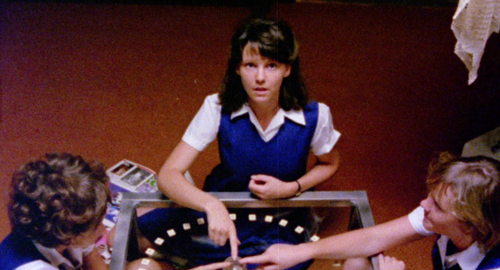
From the outset, it’s pretty clear everything isn’t kosher with Alison’s surrogate parents. For one thing, a mysterious structure in their back garden resembles a miniature Stonehenge. For another, occupying the room across the hall is a spooky old woman who wears a strange amulet around her neck and likes to watch the teenager sleep. She’s explained away as Alison’s great-grandmother, but Alison remembers no mention of the woman all throughout her upbringing.
If you’ve seen a lot of horror movies, you probably have a decent idea where this plot is going, and by and large, it does, though it does so through the POV of Pete, who becomes a final boy of sorts as he investigates the creepy goings-on while Alison gets sidelined to her bed, having been drugged and hypnotized by the now obviously villainous Jennifer and Dean and their physician cohort (Vincent Ball).
Without giving too much away, the ending to Alison’s Birthday is just as audacious as its beginning, and well worth the wait. The film overall is a solid watch, an engaging, if somewhat flawed, entry into the folk horror canon that remains criminally underseen and underappreciated. —Christopher Shultz

